Microdosing Ketamine vs. Full Infusion: Benefits & Limits


July 29, 2025
Understanding the Landscape of Ketamine Therapy Options
As interest in alternative mental health treatments grows, ketamine has emerged as a promising option for conditions like depression, PTSD, and chronic pain. Its various administration methods—from microdosing to full infusion—offer different benefits, risks, and scientific foundations. This article explores the benefits and limits of microdosing ketamine versus full infusion therapy, helping clinicians and patients make informed decisions.
Defining Microdosing and Full Infusion Ketamine Treatments
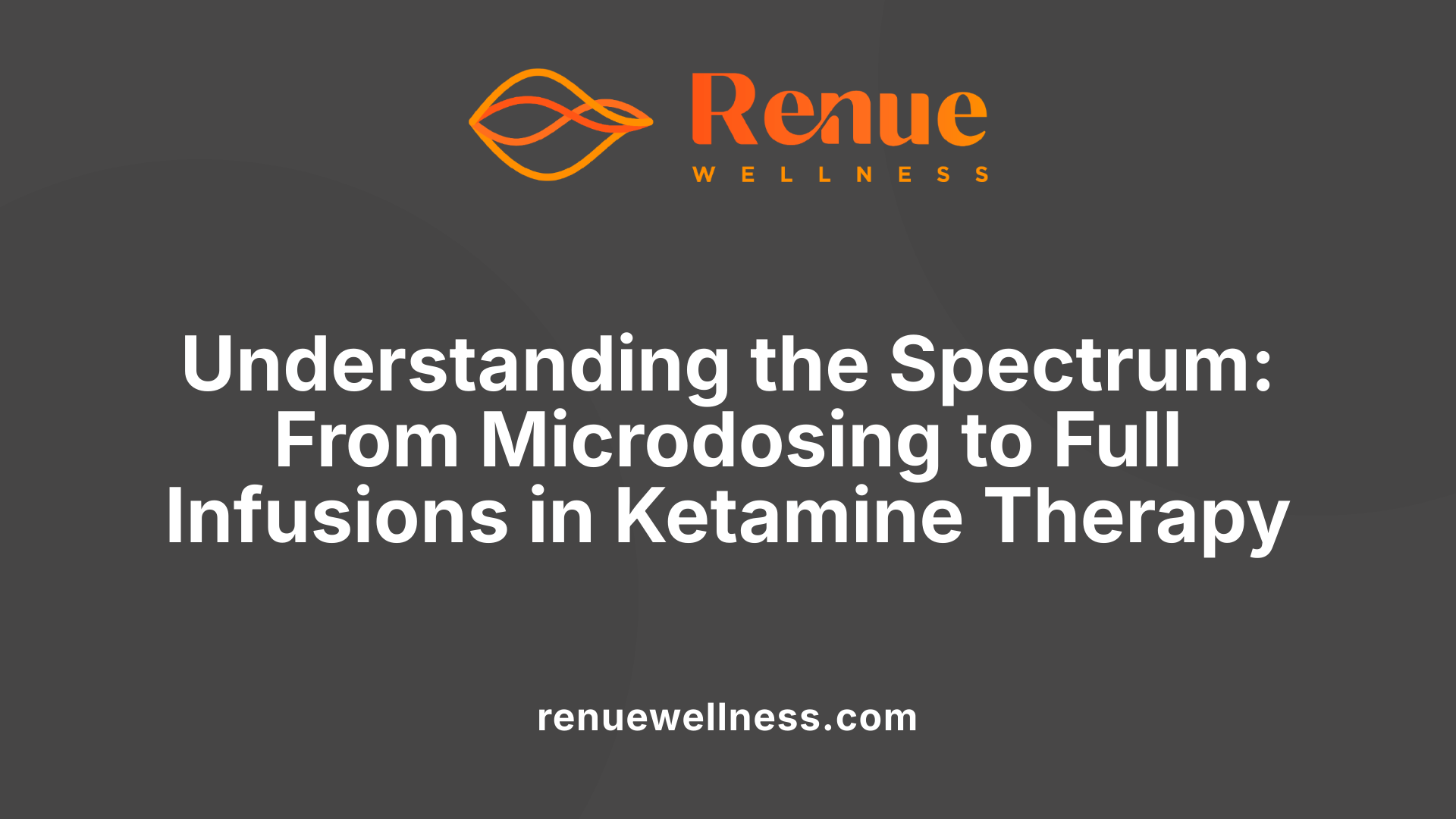
What is a typical dose of oral ketamine for depression?
For depression, oral ketamine is usually prescribed in doses ranging from 25 mg to 300 mg per administration. This wide range depends on factors such as individual patient needs, body weight, and the specific treatment protocol.
Research shows that doses around 2 to 2.5 mg/kg tend to achieve plasma concentrations similar to those from intravenous ketamine. For example, a 70 kg person might receive approximately 140 mg to 175 mg in a session, depending on the protocol.
Fixed doses are common, often between 25 mg and 100 mg per session, especially when used in clinical or experimental settings. The oral bioavailability of ketamine is about 20-25%, which means higher doses are required orally to generate effective brain concentrations.
Dosing strategies vary widely; some protocols use single doses, while others involve multiple doses over days or weeks. Importantly, all oral ketamine treatments should be administered under a healthcare provider's supervision to ensure safety and proper response.
This approach differs significantly from microdosing, which involves tiny amounts generally taken without clinical oversight, often with no perceptible effects. Full infusion treatments, on the other hand, deliver controlled, higher doses in medical settings to produce rapid and substantial therapeutic effects.
In summary, the precise dose of oral ketamine depends on individual factors and treatment goals, but it generally falls within a range supported by clinical studies, emphasizing the importance of professional monitoring for safety and efficacy.
Clinical Use and Oversight of Ketamine Treatments
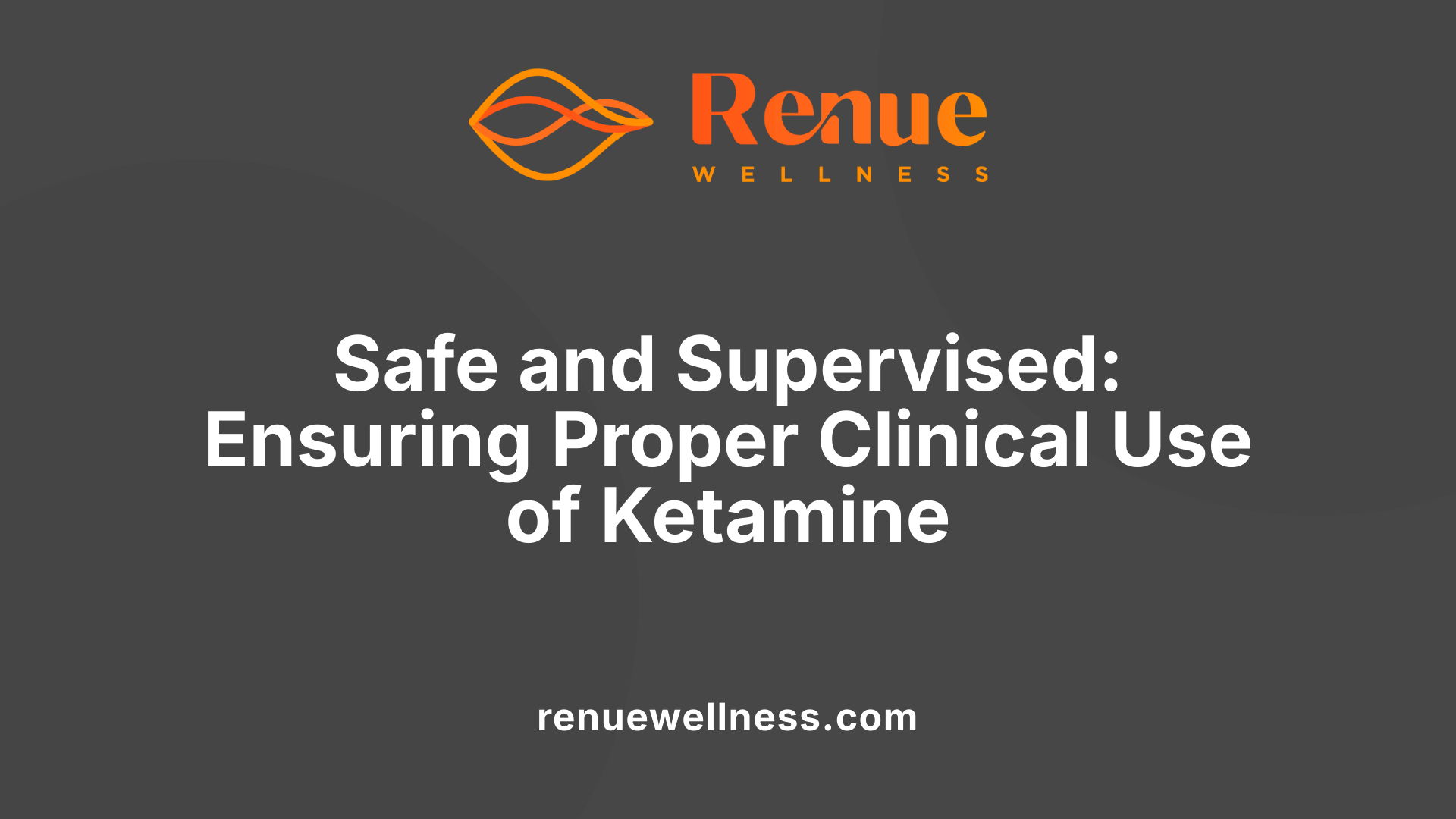
Ketamine therapy involves licensed professionals overseeing treatment.
In clinical settings, ketamine is administered under the supervision of trained healthcare providers to ensure safety and optimize therapeutic outcomes. The treatment can be delivered through various methods, including intravenous (IV) infusion, nasal spray, and sublingual lozenges, each designed to provide controlled dosages and effects. Licensed professionals carefully monitor patient responses during treatment sessions, adjusting doses as needed to maximize benefits and minimize risks.
It includes methods like infusion, nasal spray, and lozenges to optimize safety.
Infusion therapy, particularly IV ketamine, allows for precise control of dosage and immediate monitoring of physiological responses. Nasal sprays, such as FDA-approved esketamine (Spravato), are used according to strict guidelines, offering a less invasive option with lower bioavailability. Sublingual lozenges or troches provide flexibility in dosing, with absorption limited in a way that reduces overdose risk. All these methods require medical oversight to ensure safety, manage side effects, and tailor treatment to individual needs.
What are the safety profiles and potential risks associated with microdosing and full infusion ketamine treatments?
Both microdosing and full-dose infusion ketamine treatments are generally considered safe when conducted under professional supervision within controlled environments. However, there are potential risks involved. Repeated infusions may increase the sensitivity to rewarding or addictive effects, especially among women, raising concerns about dependency. Cognitive side effects such as memory issues, hallucinations, and dissociation can occur, particularly with frequent use or higher doses. Cardiovascular changes like transient spikes in blood pressure are common, which necessitate monitoring.
Long-term concerns include possible liver toxicity and biliary tract issues, highlighting the importance of ongoing medical evaluations. Despite its promising therapeutic benefits, the misuse or unsupervised use of ketamine—especially in microdosing regimes without professional guidance—can elevate risks, underscoring why treatment should always be administered by qualified clinicians. Overall, with proper oversight, ketamine therapy remains a valuable option for mental health treatment, but understanding potential risks is crucial for safe practice.
Efficacy and Therapeutic Effects: A Comparative View
What are the differences in efficacy, safety, and therapeutic effects between microdosing ketamine and full infusion therapy?
Full infusion therapy with ketamine involves administering controlled, higher doses of the drug in clinical settings, often through IV infusion, and has a robust evidence base supporting its rapid and substantial relief from conditions like depression, anxiety, and treatment-resistant mental health issues. These treatments are closely monitored by healthcare professionals, ensuring safety and consistency.
Research consistently demonstrates that high-dose ketamine infusions can produce quick improvements in mood and reduce suicidal ideation within hours, with effects lasting from days to weeks. Such therapy works by blocking NMDA receptors, stimulating neuroplasticity, and promoting the growth of new neural connections, which helps alleviate severe symptoms.
In contrast, microdosing ketamine involves taking very small, often imperceptible doses without medical supervision. It aims to provide subtle benefits, like improved motivation, focus, and mood, with minimal dissociation or adverse effects. However, scientific validation for these benefits is limited, and much of the current evidence is anecdotal. Microdosing is typically self-administered, which raises concerns about dosage accuracy and safety.
While full infusion treatments have a well-established safety profile, thanks to rigorous clinical testing and professional oversight, microdosing carries potential risks such as inconsistent dosing, possible adverse psychological reactions, and legal considerations in many regions. Moreover, because microdosing isn’t regulated or standardized, effects can vary widely among individuals.
In summary, full infusion therapy offers potent and predictable therapeutic benefits with strong scientific support and safety protocols. Microdosing ketamine, although promising for some, remains experimental and less reliable, emphasizing the importance of professional guidance and further research to validate its efficacy and safety.
Biological and Therapeutic Mechanisms of Microdosing
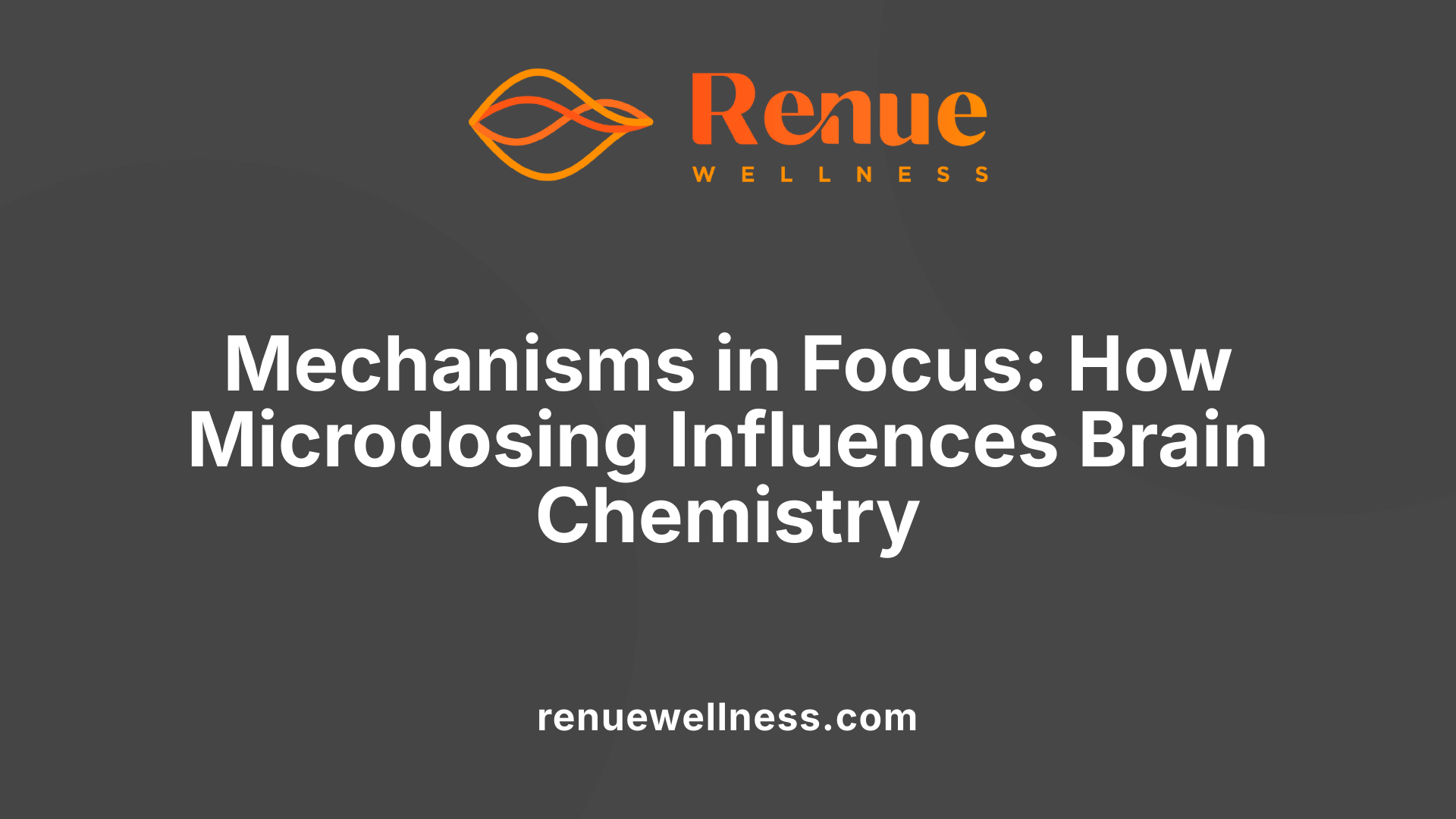
What does microdosing ketamine do biologically and therapeutically?
Microdosing ketamine involves administering very low doses that do not induce psychedelic or dissociative experiences. Despite the subtlety of its effects, research indicates that even these tiny doses can produce meaningful biological and therapeutic outcomes.
Biologically, microdosing ketamine primarily works by antagonizing NMDA receptors in the brain. NMDA receptors are involved in glutamate transmission, which plays a vital role in synaptic plasticity, learning, and memory. By blocking these receptors, ketamine promotes neuroplasticity, enabling the brain to form new connections and pathways. This effect is particularly observed in regions like the medial frontal cortex and hippocampus, areas associated with mood regulation and cognition.
Therapeutically, microdosing activates serotonergic receptors, such as 5-HT1A and 5-HT2A. Unlike higher doses that inhibit serotonin reuptake to increase serotonin levels, low doses chiefly influence these receptors directly. Activation of serotonergic pathways contributes to improved mood, emotional resilience, and decreased anxiety.
An important mediating factor in its therapeutic effects is dopamine D1 receptor signaling. Low-dose ketamine enhances dopamine transmission, which further supports motivation, focus, and pleasure. This integrated action on glutamate, serotonin, and dopamine systems fosters rapid neuroplastic changes, supporting mental health improvements.
While higher doses of ketamine are known to elevate serotonin levels through reuptake inhibition, microdoses seem to operate predominantly through receptor activation and antagonism. This distinction suggests a mechanism that offers benefits without broad serotonergic side effects, such as nausea or overload.
Overall, microdosing of ketamine harnesses its ability to induce neuroplasticity and modulate key neurotransmitter systems, leading to potential relief from depression, anxiety, and other mental health conditions, all while minimizing adverse effects associated with larger doses.
| Biological Action | Receptor Target | Effect | Potential Benefits |
|---|---|---|---|
| NMDA receptor antagonism | NMDA | Promotes neuroplasticity by increasing dendritic spine formation | Mood improvement, cognitive enhancement |
| Serotonergic receptor activation | 5-HT1A, 5-HT2A | Enhances serotonin signaling | Reduced anxiety, improved emotion regulation |
| Dopamine D1 receptor signaling | D1 | Increases motivation and pleasure | Better focus, mental resilience |
This pharmacological profile supports the promising role of microdosing in mental health treatment, though comprehensive clinical trials are still underway to validate these effects.
Research Evidence and Comparative Studies
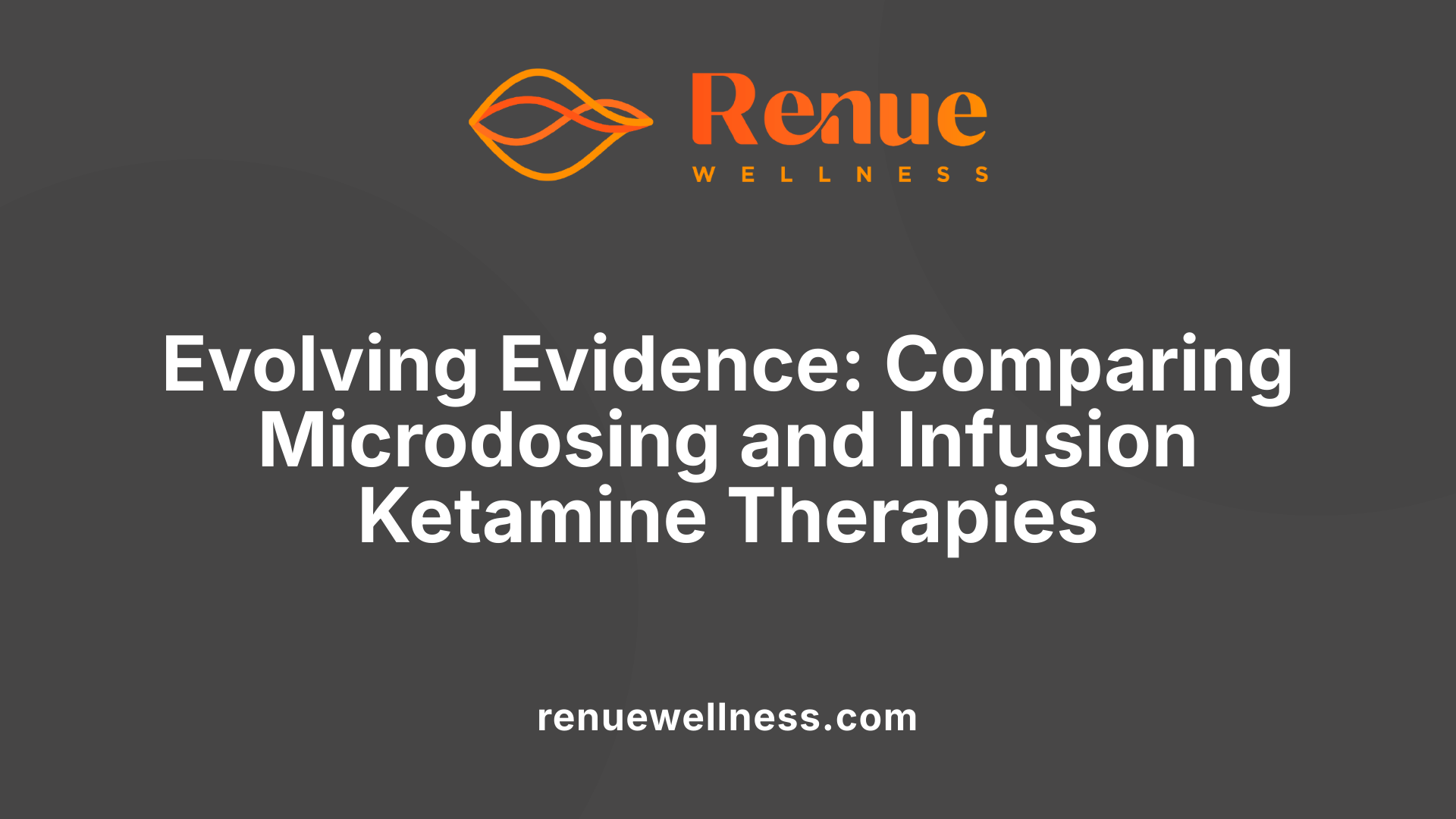 Full infusion of ketamine has a well-established evidence base demonstrating rapid and significant alleviation of various mental health conditions, especially treatment-resistant depression. Numerous clinical trials have shown that intravenous (IV) ketamine at doses around 0.5 mg/kg can produce swift mood improvements, often within hours of administration. These effects are supported by biochemical changes such as increased brain-derived neurotrophic factor (BDNF) and enhanced neuroplasticity. The high bioavailability and immediate delivery of the drug during infusion contribute to its potent therapeutic action.
Full infusion of ketamine has a well-established evidence base demonstrating rapid and significant alleviation of various mental health conditions, especially treatment-resistant depression. Numerous clinical trials have shown that intravenous (IV) ketamine at doses around 0.5 mg/kg can produce swift mood improvements, often within hours of administration. These effects are supported by biochemical changes such as increased brain-derived neurotrophic factor (BDNF) and enhanced neuroplasticity. The high bioavailability and immediate delivery of the drug during infusion contribute to its potent therapeutic action.
In contrast, research into microdosing ketamine is still in its early stages. Microdosing involves administering very low doses, typically ranging from 0.3 to 3 mg/kg or plasma levels between 10 and 73 ng/ml, which are below the threshold to induce perceptible psychedelic or dissociative effects. Preclinical studies in animals indicate that these microdose levels can improve motivation, attention, and reduce symptoms like anhedonia, primarily in low-performing subjects. For example, in rat models, low plasma concentrations correlated with increased motivation and cognitive performance in tasks designed to measure impulsivity and attention.
While the existing studies show promising signs that microdosing may enhance mood and cognitive functioning with minimal side effects, the scientific evidence remains limited. Most is anecdotal or based on small trials, and large-scale clinical research is lacking. Conversely, the benefits of full-dose ketamine infusions are backed by more extensive scientific validation, including controlled clinical trials and FDA approvals.
Overall, microdosing appears to offer subtle benefits and lower risk profiles but does not yet match the robust, rapid relief observed with higher, therapeutic dosing. More research is needed to confirm its efficacy, safety, and mechanisms of action.
| Treatment Method | Evidence Base | Effects | Common Uses | Risks and Limitations |
|---|---|---|---|---|
| Full infusion (IV, nasal spray) | Extensive clinical trials, FDA approval for esketamine | Rapid symptom relief, dissociative effects, improved neuroplasticity | Treatment-resistant depression, PTSD, anxiety | Dizziness, dissociation, blood pressure changes |
| Microdosing (low doses) | Emerging, limited data, promising animal studies | Subtle cognitive and motivational boosts, minimal perceptual changes | Mood, creativity, potential mental health support | Insufficient large-scale evidence, variability in effects |
In summary, the robust clinical evidence supports the use of full-dose ketamine infusion as an effective short-term treatment for certain mental health conditions. Microdosing research is still emerging but provides early indications of potential benefits with a safer profile, although it lacks the extensive validation that supports higher dosing protocols.
Legal and Regulatory Aspects of Ketamine Use
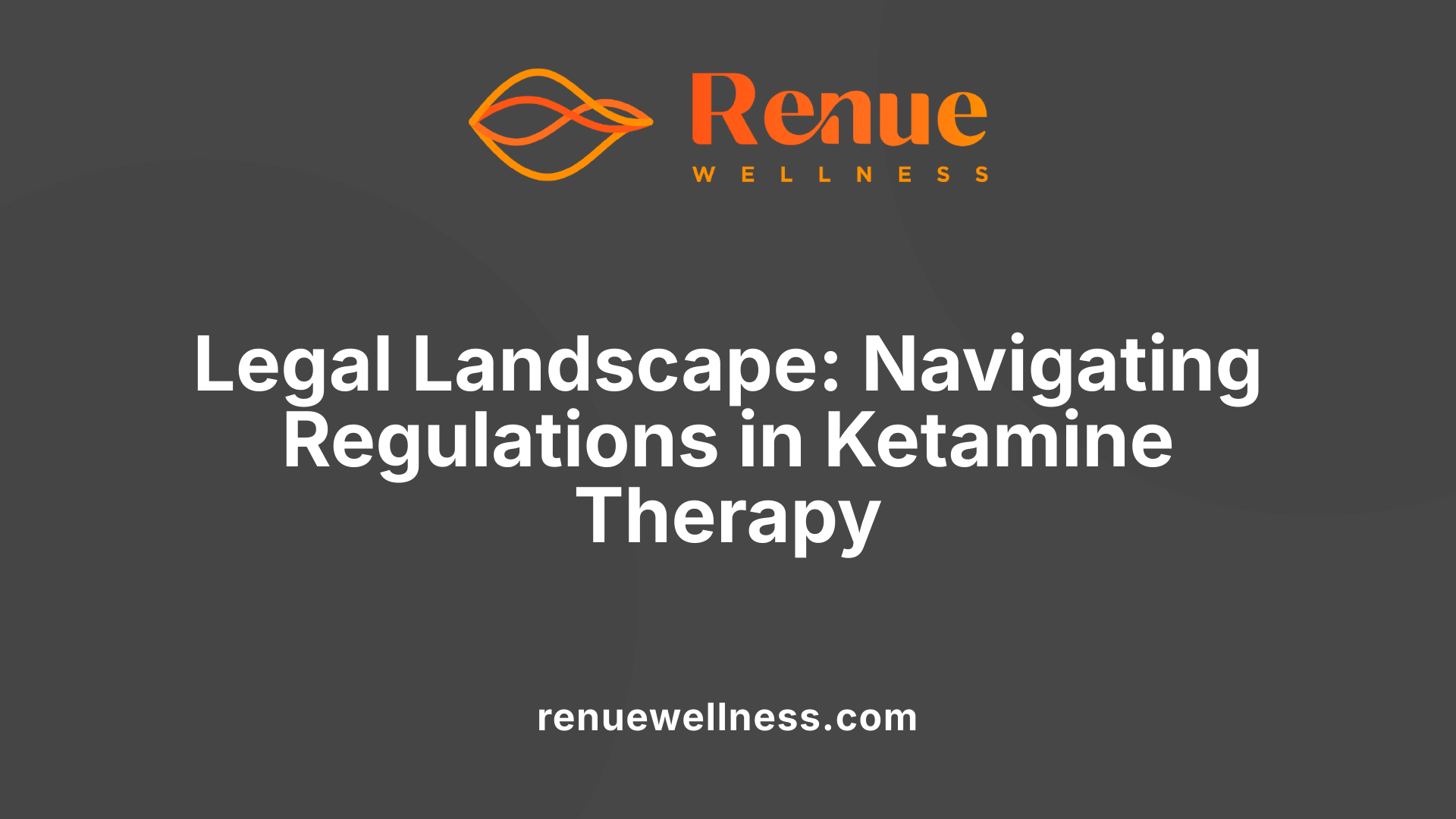
Are there legal considerations when choosing microdosing versus full infusion therapy?
Legal frameworks significantly shape how ketamine treatments are administered and accessed. Full infusion therapy, which involves supervised administration by licensed healthcare providers, is broadly legal in many countries when prescribed for approved conditions. In the United States, for example, the FDA has approved esketamine nasal spray (Spravato) for treatment-resistant depression, making it a regulated and clinically supported treatment option.
On the other hand, microdosing involves taking very low doses of psychedelics such as psilocybin, LSD, or MDMA — substances often classified as illegal under local laws. These products are typically unregulated, with unknown purity and dosage, which can pose safety risks. While some places have decriminalized or tolerated small amounts for personal use, these measures do not equate to full legal approval for medical treatment.
Clinicians and patients must bear in mind that, despite anecdotal reports and ongoing research, microdosing remains an off-label and often illegal practice in many regions. The lack of official approval and unstandardized quality control can lead to legal and health risks.
In summary, legal considerations are pivotal. Full infusion therapies, when conducted within the framework of regulated medical practice, are generally lawful and supported by scientific evidence. Conversely, microdosing as a practice carries significant legal uncertainty, demanding careful awareness of local laws to prevent potential legal issues.
| Treatment Type | Legal Status | Supervision Required | Quality Control | Typical Conditions Treated |
|---|---|---|---|---|
| Full infusion therapy | Generally legal with prescription in many areas | Yes | Regulated | Treatment-resistant depression, PTSD |
| Microdosing psychedelics | Often illegal; varies by jurisdiction | No/Partially | Unregulated | Experimental, off-label use |
Understanding these distinctions helps ensure safe and legal treatment choices for patients and practitioners alike.
The Future of Ketamine Therapeutics: Research and Practice
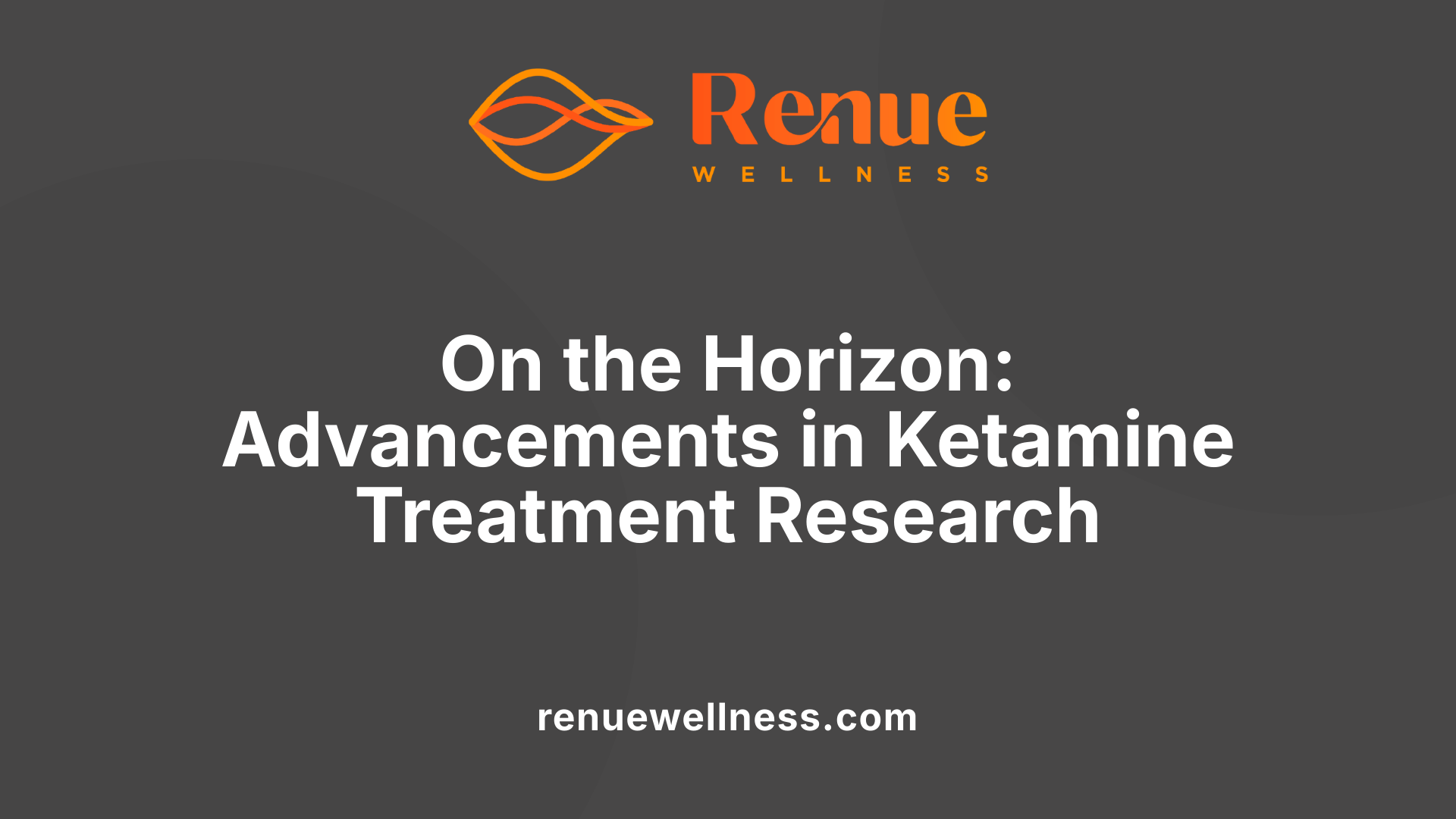 Emerging research in ketamine therapy is increasingly focused on refining how this treatment is administered to maximize benefits and minimize risks. Scientists are exploring ways to optimize dosing regimens, improve safety protocols, and develop combination therapies that enhance therapeutic outcomes. For example, current studies aim to determine the most effective doses that induce rapid symptom relief without unnecessary dissociation or side effects, while also examining how ketamine can be combined with psychotherapy or other medications for better long-term results.
Emerging research in ketamine therapy is increasingly focused on refining how this treatment is administered to maximize benefits and minimize risks. Scientists are exploring ways to optimize dosing regimens, improve safety protocols, and develop combination therapies that enhance therapeutic outcomes. For example, current studies aim to determine the most effective doses that induce rapid symptom relief without unnecessary dissociation or side effects, while also examining how ketamine can be combined with psychotherapy or other medications for better long-term results.
Legal regulations are also evolving, with many regions expanding access through legislative changes and clinical trial programs. Some jurisdictions are loosening restrictions to allow broader use of ketamine and related compounds, which could lead to greater availability for patients who need it.
Are there ongoing studies comparing microdosing and infusion ketamine treatments? Research in this area is still in its early stages but is rapidly developing. Most high-quality evidence currently supports the use of intravenous (IV) ketamine infusions, especially for treatment-resistant depression and PTSD, because of their fast and sustained effects. These infusions often act within hours and have a well-established safety profile when administered correctly.
Meanwhile, microdosing—using very low doses of psychedelics or ketamine—promises to offer subtle mental health benefits with fewer side effects. However, large-scale, rigorous clinical trials are scarce, and the scientific community is just beginning to compare the two approaches directly. Some studies are investigating whether microdosing can provide long-lasting improvements similar to infusion treatments or serve as a preventative or maintenance therapy.
Future research is expected to clarify the relative advantages and limitations of each method. This includes evaluating efficacy, safety, patient preferences, cost-effectiveness, and long-term outcomes. As scientific understanding advances and regulatory frameworks adapt, we can anticipate more personalized treatment protocols that leverage the strengths of both microdosing and infusion therapies, paving the way for more accessible and effective mental health care.
Conclusion: Navigating the Benefits and Limitations
What are the benefits and limits of microdosing versus full infusion ketamine treatments?
Full infusion ketamine therapy has a well-established record of providing rapid and significant relief for conditions such as treatment-resistant depression, anxiety, and PTSD. Administered in controlled clinical settings by licensed professionals, infusions typically involve higher doses that induce dissociative and psychedelic effects. The biological underpinnings, including activation of glutamate pathways and increased neuroplasticity, have been extensively studied. The outcome often includes quick symptom reduction, sometimes within hours, with effects lasting days or weeks. Clinical guidelines and FDA approval (e.g., esketamine nasal spray) have supported its safety and efficacy, making it a reliable option for many patients.
However, these treatments come with certain limitations. They are relatively costly, often exceeding $800 per session, and require scheduled visits to clinics equipped for administration. The side effects—such as dizziness, transient blood pressure spikes, dissociation, and headaches—are generally manageable but can be unpleasant. The need for medical supervision ensures safety but limits accessibility, especially for individuals seeking more flexible or at-home options.
Microdosing ketamine offers an alternative that many find appealing due to its low dosages, which typically do not produce dissociative or psychedelic effects. It involves self-administration of tiny amounts of ketamine, often guided by structured protocols and support from healthcare providers. Advocates suggest that microdosing not only minimizes perceptual disturbances but may also improve mood, creativity, and focus, with fewer immediate side effects.
Despite these benefits, microdosing is less scientifically validated. Most evidence stems from anecdotal reports and small studies, with ongoing research needed to confirm safety and efficacy conclusively. Its legal status varies globally, and products used for microdosing are often unregulated, leading to variability and potential safety risks. Moreover, long-term effects and optimal dosing protocols remain uncertain, raising concerns about tolerance, psychological dependency, and unforeseen adverse effects.
Both approaches aim to improve quality of life for individuals with mental health conditions, but they serve different needs and circumstances. Full infusion treatments are backed by extensive research and regulatory approval, making them a preferred choice in severe, resistant cases. Microdosing is an emerging trend promising greater flexibility and accessibility, but it currently requires cautious implementation pending more definitive scientific evidence.
| Aspect | Full Infusion Ketamine | Microdosing Ketamine |
|---|---|---|
| Administration | IV infusion, nasal spray, lozenges | Self-administered tiny doses |
| Clinical oversight | Yes | Usually no, but supported by professional guidance |
| Biological effects | Dissociative, rapid mood improvements | Sub-threshold, minimal perceptual changes |
| Cost | $800–$1200+ per session | Less expensive, often below $500 per month |
| Evidence base | Extensive, proven efficacy | Limited, mainly anecdotal |
| Regulation | Approved in many cases, FDA-approved nasal spray | Unregulated, legal status varies |
| Side effects | Short-term dissociation, blood pressure spikes | Minimal but unvalidated long-term effects |
Both methods have their roles depending on individual health needs, safety considerations, and future research outcomes. As science progresses, clearer guidelines will help determine the most appropriate use for each approach, fostering better treatment options for those suffering from mental health disorders.
Charting the Path Forward in Ketamine-Based Therapies
As the scientific community continues to study and refine ketamine administration strategies, a clearer picture is emerging of its potential to revolutionize mental health treatment. Full infusion methods remain the gold standard due to their proven rapidity and efficacy, especially for treatment-resistant conditions. Meanwhile, microdosing offers a less invasive, potentially safer alternative, with ongoing research aimed at validating its long-term benefits. Ultimately, personalized treatment plans, grounded in ongoing scientific discovery, will shape the future of ketamine therapy—balancing efficacy, safety, accessibility, and patient preference to optimize therapeutic outcomes.
References
- How Ketamine Therapy Differs from "Microdosing" - Mindbloom
- Is Ketamine Therapy the Same as Microdosing? | - The Crane Center
- Ketamine Vs Microdosing: Legal Use And Mental Health Therapy
- Low Doses of Psilocybin and Ketamine Enhance Motivation and ...
- Microdosing Ketamine Safely: What You Should Know - Joyous
- Ketamine Therapy vs. Microdosing Mushrooms - Icaro Connect
- Ketamine for Mental Health: In-Clinic vs. At-Home
Recent Posts
Conditions Treated
AnxietyDepressionOCDPTSDPostpartum DepressionPain ManagementSubstance AbuseSuicidal IdeationOur Location


